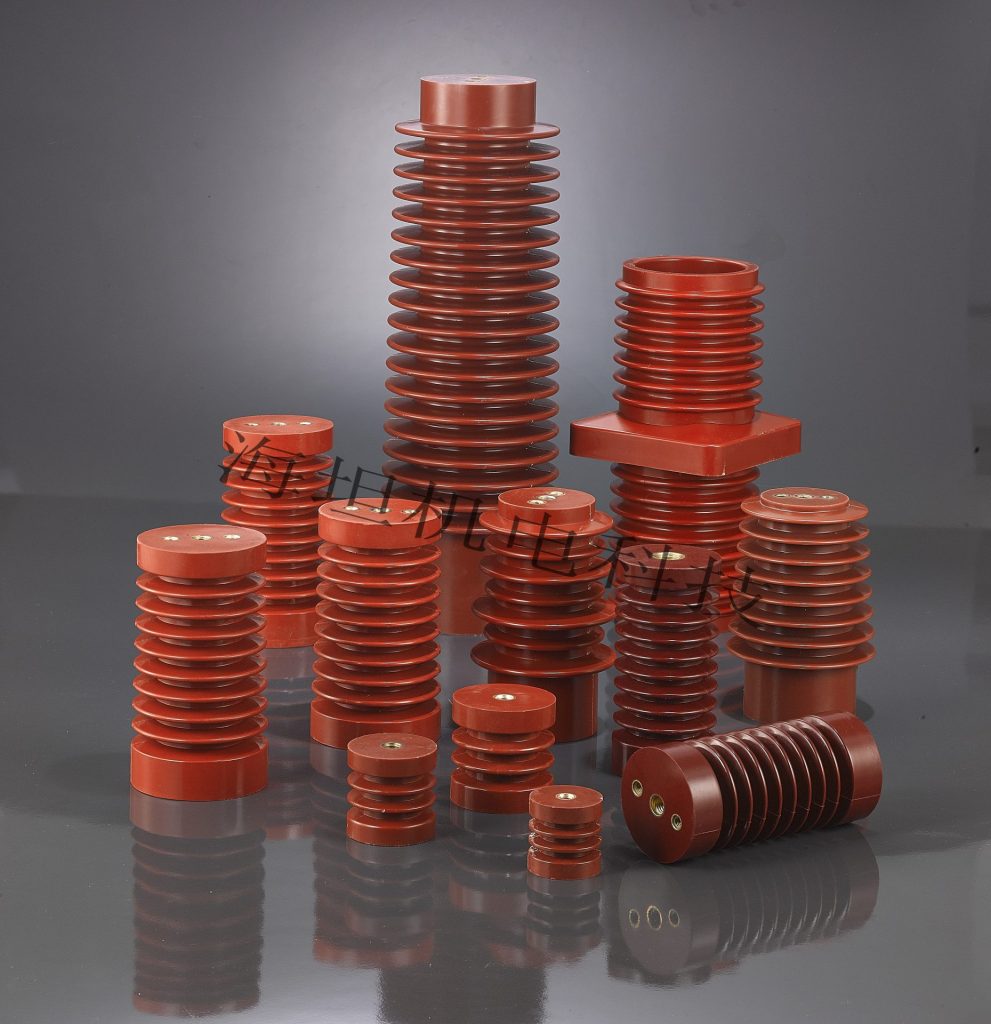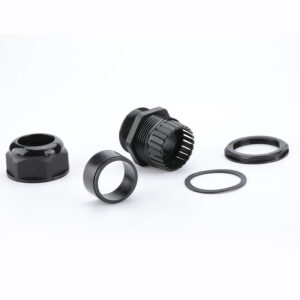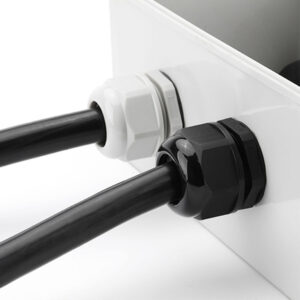The Three Things You Know About Cable Gland Connector
In order to ensure the reliable connection between cables and related equipment, cable gland connectors are indispensable. As an important component of electrical installation, they play a vital role. They not only ensure the continuity of cables, but also ensure reliable connection between cables and equipment, and prevent the cable gland connectors from getting damp and causing safety hazards. This article will introduce cable gland connectors from three key points, so that you can have a deep understanding of the relevant knowledge of cable gland connectors.
Essential Thing one: Design and Construction
The structural design of the cable gland connector is the core factor to ensure its good performance. There are two mainstream cable gland connectors at present, one is made of plastic and the other is made of metal, but their main functions are similar, both can be used to ensure the continuity of the cable and protect the reliable connection between the cable and the equipment. However, the metal one is more suitable for outdoor use, high temperature, high pressure and strong corrosive environment, and can provide higher protection. Whether it is a metal cable gland connector or a plastic cable gland connector, their overall structure is composed of the following parts:
Locking nut: It is mainly used to fix the cable joint on the equipment and provide sealing. It is the main component of the cable joint, and is usually rotated to achieve the tightening and sealing of the cable joint.
Main body: It is the core component of the cable joint, providing the overall structure for the cable joint, protecting the cable from being stably fixed on the equipment, and also acting as a bridge connection for other components.
Sealing nut: It is mainly connected to the main body, and forms a sealed whole with the main body by rotating, protecting the cable end to achieve the effect of sealing and waterproofing.
Sealing ring: It mainly surrounds the outer layer of the cable to ensure the sealing effect of waterproof, dustproof and gas leakage prevention
O-ring: It is a key sealing element in the cable joint connector. It is generally installed in the groove of the connector. When the locking nut is tightened, the O-ring is compressed to form a sealing line, providing an effective barrier against moisture, dust or other contaminants, and preventing contaminants from entering the cable connection.
The cable joint is composed of these parts, and these structures play their own roles to ensure the stability and reliability of the cable joint connector. Therefore, if you want to ensure that your cable joint connector is stable and reliable, you need to strictly check the quality and installation of these parts.
Essential Thing two: Installation Process
The correct installation of cable gland connectors is the key to ensure their efficient operation. Users should read the product instructions carefully before installation to understand the installation requirements of specific connectors. Some common cable gland connector installation processes include:
- Select the connector to be installed: First, according to the location of the equipment we want to install and the cable model, select the cable gland connector,we need to ensure that the model, size and performance meet the needs of use.
- Prepare tools and materials: Preparation work is a prerequisite for ensuring the subsequent normal installation. Therefore, before installation, it is necessary to prepare the tools and materials required for the subsequent installation, including cable connectors, cable wires, wrenches, stripping tools and other related items.
- Read the installation instructions: According to the selected cable gland connector, carefully read its installation guide instructions, understand its precautions, and avoid incorrect installation in the later stage, which will cause the connector to fail to be completely sealed.
- Prepare the cable: Measure and mark the cable according to the location of the installation equipment, and then use the cable stripping tool to remove the outer sheath to expose the required inner conductor length.
- Insert the cable: According to the direction of the cable gland connector installation, carefully insert the cable into the entry point of the connector to ensure that it is centered in the connector.
- Fix the connector: First place the locking nut and washer on the threaded entry of the connector. Use a wrench to tighten the locking nut to ensure that the connector is firmly and tightly connected to the device housing, but do not over-tighten it, causing damage to the connector or crushing of the seal.
- Inspection and maintenance: Finally, check whether the cable gland connector is firmly connected to the device and whether the cable wire is completely sealed with the cable gland connector to ensure that the connector can provide a reliable connection. We also need to conduct regular inspections in the later stage to look for signs of wear, corrosion or damage, and replace any faulty connectors in time.
The correct installation of cable gland connectors is essential to ensure the safe, reliable and long-term stable operation of the entire electrical system. It can not only prevent electrical failures, but also provide sealing and waterproof protection for cable gland connectors. At the same time, the correct installation of cable gland connectors is not only a one-time task, but also requires regular inspection and maintenance in the later stage to ensure the stability and reliability of the connectors.
Essential Thing three: Applications
cable gland connectors are an important component of electrical systems. They have a wide range of application scenarios and play an important role in many industries. The following are some common application areas:
- Industrial automation: In industrial automation production lines, many devices need to be installed with cable gland connectors to ensure the safety and reliability of cables, prevent cables from being damaged by pulling or bending, and provide sealing to prevent the intrusion of moisture and dust.
- Electrical energy: cable gland connectors are mainly used for cable management in power boxes and control panels to protect the direct connection between cables and equipment.
- Oil and gas: In oil and gas exploration, production and processing environments, cable gland connectors need to withstand harsh chemical and physical conditions such as corrosive gases, high pressure and high temperature.
- Communications industry: In communication base stations and data centers, cable gland connectors are used to ensure the stable connection of data cables.
- Construction industry: In construction projects, cable gland connectors are used for cable management and protection, such as distribution boxes, distribution cabinets, etc.
The above only lists some of the application scenarios of cable gland connectors, but it can be seen that cable gland connectors are widely used in various industries. They provide necessary protection for cables and ensure the safety and reliability of cable connections.
Summary
cable gland connectors seem to have a simple structure and are easy to install. As an important component for cable connection management, they have many advantages in protecting cables from environmental factors. However, their design, installation, and application all require strict standards and precise steps. Understanding the three basics of cable gland connectors in this article can help engineers and technicians better select and use cable gland connectors to meet the needs of different application scenarios.
FAQS
Q:Can I Reuse a Cable Gland Connector Once it has been Installed?
Cable gland connectors are typically intended for one-time use after installation due to several reasons. Firstly, during installation, these connectors often form strong seals with gaskets or compression mechanisms that may get compromised upon disassembly. Secondly, certain applications may expose the connector materials to conditions like corrosion or degradation over time which could affect their performance if reused later on.
Q:What is the Difference between a Cable Gland Connector and a Conduit Fitting?
While both serving as means to protect cables at entry points into enclosures or equipment, there are distinct differences between cable gland connectors and conduit fittings. A cable gland connector is specifically designed to provide sealing against external elements while also offering strain relief for individual cables. On the other hand, conduit fittings primarily serve as protective conduits for groups of cables by enclosing them within rigid tubes made from materials such as metal or PVC.
Q: What Should Be Paid Attention To In The Maintenance And Care Of Cable Gland Connectors?
A: After the installation is completed, during the later use, we need to regularly check whether the appearance of the connector is cracked or damaged, whether the connection between the equipment is strong enough, and whether the sealing ring is aged and fallen off. If these problems are found, we recommend that you replace the new cable gland connector in time to ensure a reliable connection between the cable and the equipment.
--- END ---
Prev: The Guide to Heat Shrink Tubing in the Electrical Industry
Already the latest article
© Copyright 2024 China Haitan Electromechanical Technology Co., Ltd. All rights reserved.SUPPORT BY:JUNJ Privacy Policy



 E-mail:
E-mail:  No. 20 Lingyun Road, Dongfeng
No. 20 Lingyun Road, Dongfeng 
